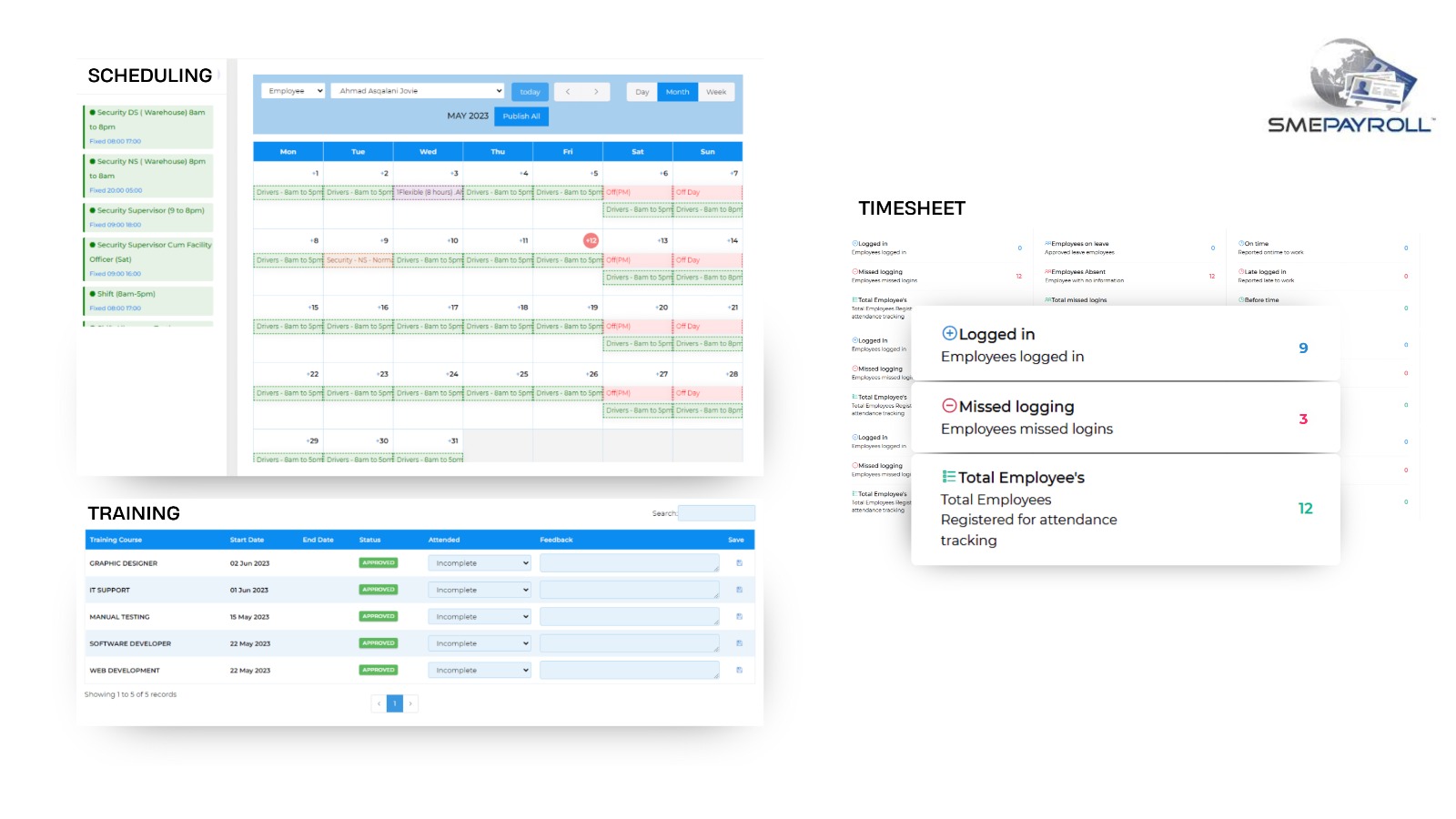In the competitive business world in Singapore, sound project management is a binding agent for success. Gantt charts were identified by Robert Klein as “one of the most widely-used management tools for project scheduling and control” in 1999, solidifying its place as a vital tool for all project managers. Gantt charts evolved as potent tools for visualizing project timelines, capturing progress, and facilitating unimpeded collaboration. Here are fair pointers for Gantt chart creation that would up your productivity and project management game.
Table of Contents
Understanding Gantt Charts: More Than Just a Timeline
Gantt charts are more than simple project timelines but rather:
- Visual tools for project management
- Comprehensive task tracking systems
- Collaboration enhancement mechanisms
- Strategic planning instruments
- Communication facilitators
Why Gantt Charts Matter in Singapore’s Business Ecosystem
In Singapore’s highly competitive business environment, it demands:
- Precision in project execution
- Clear communication
- Efficient resource allocation
- Transparent project tracking
- Agility in project management
Gantt charts allow strategic advancement on these important business variables.
Also Read: :How to Check Your Foreign Worker Levy Status
Gantt Charts: Essential Tips That You Should Consider
1. Start with Extensive Project Breakdown
Effective Gantt Chart design must begin with:
- Task identification
- Breaking down complex projects
- Clear milestone definition
- Dependency definition
- Realistic timelines
Pro Tip: Adopt a hierarchical structuring of tasks from macroscopic to microscopic levels.
2. Use Technology: SMEpayroll’s HRMS Solution
SMEpayroll gives you a futuristic HRMS software for project planning that holds much more promise in Mature Gantt chart:
- Integrated Gantt Chart Functionality
- Real-Time Task Tracking
- Resource Allocation Management
- Collaborative Planning Tools
- Seamless Team Communication

Key Features of SMEpayroll’s Project Planning Tools:
- Intuitive Drag-and-Drop Interface
- Automatic Dependency Management
- Resource Utilization Insights
- Performance Tracking
- Customizable Reporting
3. Color-Code for Easy Viewing
More readable charts can be obtained by:
- Color coding
- Status-based color schemes
- Highlighting critical paths
- Identifying Team members
- Color-code by priority
4. Learn and Manage Task Dependencies
Understand and implement:
- Finish-to-Start dependencies
- Start-to-Start relationships
- Finish-to-Finish connections
- Lag and lead time management
- Critical path identification
5. Build Realistic Time Estimates
Develop accurate time projections by:
- Consulting team members
- Analyzing historical project data
- Using buffer times
- Considering potential obstacles
- Creating flexible timelines
6. Employ Advanced Tracking Mechanisms
Modern Gantt Charts allow for abilities such as:
- Real-time progress tracking
- Percentage-completion indicators
- Milestone tracking
- Performance analytics
- Project completion estimates
7. Enable Shared Access
Make your Gantt Charts:
- Cloud-Accessible
- Mobile-Friendly
- Well-Shared through Platforms
- Real-Time Updated
- Connected through Communication Tools
8. Integrating Risk Management
Add resilience to the project planning:
- Identify potential bottlenecks.
- Create contingency timelines.
- Develop alternative methods of task sequence.
- Create buffers.
- Track potential risk indicators.
9. Review and Adaptive Reassessment
A successful Gantt chart management requires also:
- Regular timeline reviews
- Amendability of the timelines
- The participation of key stakeholders
- An improvement culture
- Adaptation in project management.
10. Take Advantage of Advanced Reporting
Use a comprehensive reporting feature:
- Analytics on performances.
- Reports on resource utilization.
- Progress dashboards.
- Estimates on completions.
- Insightful comparison among projects
Also Read : Payroll Software in Singapore | Streamline your Payroll Process
Reasons Why SMEpayroll Stands Out
Beyond a traditional project management system, SMEpayroll helps with:
- Collaboration platforms integrate HRMS.
- Task and resource management flows from one task to the other.
- Advanced collaboration tools.
- Project tracking tailored to suit one’s needs.
- Unique business solutions for Singapore.
A wrap-up on the evolution and transformation of project management
Gantt charts are not only the planning tools; they are strategic utility that can considerably improve team collaboration, speed, and organizational performance.






















Leave feedback about this